Table of Contents
Introduction
Ceylon cinnamon is generally the best choice for everyday health and delicate baking due to its lower coumarin content and subtle flavor, while Cassia cinnamon is preferred for bold recipes requiring strong flavor. This guide explains the key differences between Ceylon and Cassia cinnamon, including their flavor profiles, culinary uses, health considerations, and expert recommendations based on authoritative sources like the U.S. Food and Drug Administration (FDA) and National Institutes of Health (NIH).

Types of Cinnamon
There are two main types of cinnamon: Ceylon and Cassia. While they may look similar, their flavor profiles, uses, and health benefits differ significantly based on scientific evidence and culinary expertise.
Ceylon Cinnamon
Ceylon cinnamon, often referred to as 'true cinnamon,' comes from the inner bark of the Cinnamomum verum tree, native to Sri Lanka. It has a delicate, sweet, and floral flavor, making it ideal for baking and desserts. Ceylon cinnamon is also lower in coumarin, a compound that can be harmful in large amounts, making it a safer choice for regular consumption as recommended by the NIH.
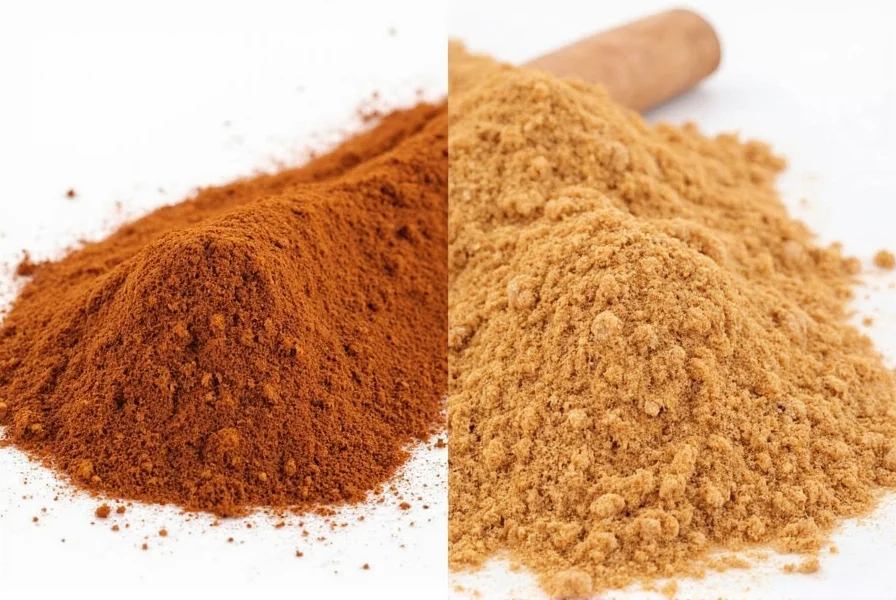
Cassia Cinnamon
Cassia cinnamon, also known as Chinese cinnamon, is more commonly found in supermarkets. It comes from the Cinnamomum cassia tree, primarily grown in China, Indonesia, and Vietnam. Cassia has a stronger, more intense flavor and is often used in cooking and baking. However, it contains higher levels of coumarin, which means it should be consumed in moderation as per FDA guidelines.
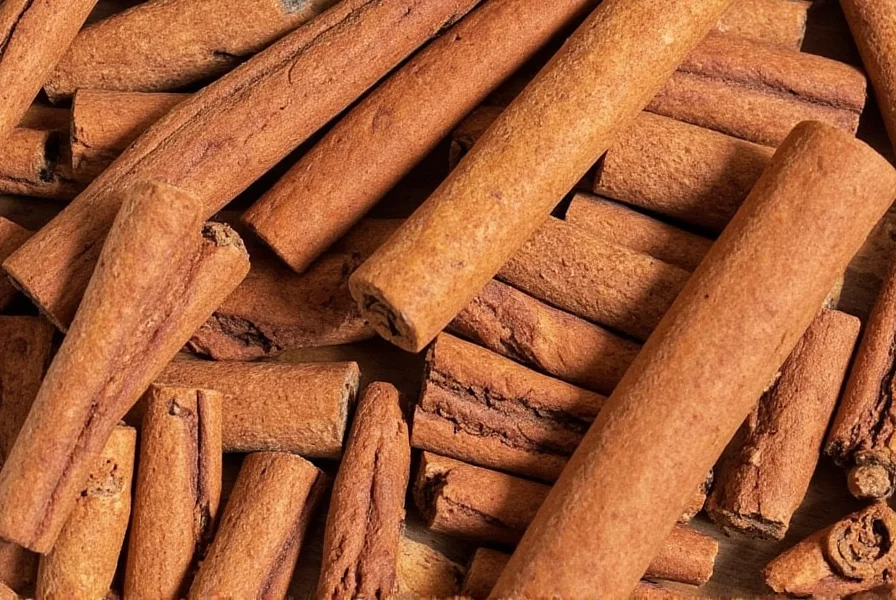
Cinnamon in the Kitchen
Cinnamon is a versatile spice that can elevate everything from morning oatmeal to rich chocolate desserts. Here's how different types of cinnamon shine in various culinary applications according to professional chefs and nutritionists:
- Baking: Ceylon cinnamon is preferred for delicate baked goods like pastries, cakes, and cookies due to its milder flavor. Cassia cinnamon works well in bold recipes like apple pies, cinnamon rolls, and spiced breads.
- Coffee and Tea: A pinch of Ceylon cinnamon adds a subtle warmth to your morning coffee or herbal tea. Cassia can also be used, but it might overpower the drink.
- Savory Dishes: Both types can enhance savory dishes like stews, curries, and roasted vegetables. Ceylon is better suited for lighter sauces, while Cassia pairs well with hearty, meat-based dishes.
- Health Benefits: Ceylon cinnamon is recommended by the NIH for its potential blood sugar-regulating properties with minimal coumarin risk, while Cassia offers strong antioxidant benefits when consumed in moderation.
Buying Guide
If you're looking for the best cinnamon for your kitchen, here's a detailed guide to help you choose based on expert recommendations:
What to Look For When Buying Cinnamon
- Label Reading: Always check the label to ensure you're getting the right type of cinnamon. Look for 'Ceylon' or 'Cinnamomum verum' on the packaging as recommended by the FDA.
- Color and Texture: Ceylon cinnamon is light brown and has a thin, layered texture. Cassia cinnamon is darker, thicker, and more rigid.
- Smell: Ceylon has a sweeter, more delicate scent, while Cassia has a stronger, more pungent aroma.
| Brand | Type | Features | Best For |
|---|---|---|---|
| Aliza | Ceylon | Organic, single-origin, high quality | Baking, desserts, health-focused recipes |
| Dan's Original | Cassia | Strong flavor, affordable, widely available | Spicy baked goods, hearty stews, coffee |
| Pure Cinnamon Co. | Ceylon | Ground and sticks, fair trade, eco-friendly | Everyday use, cooking, tea |
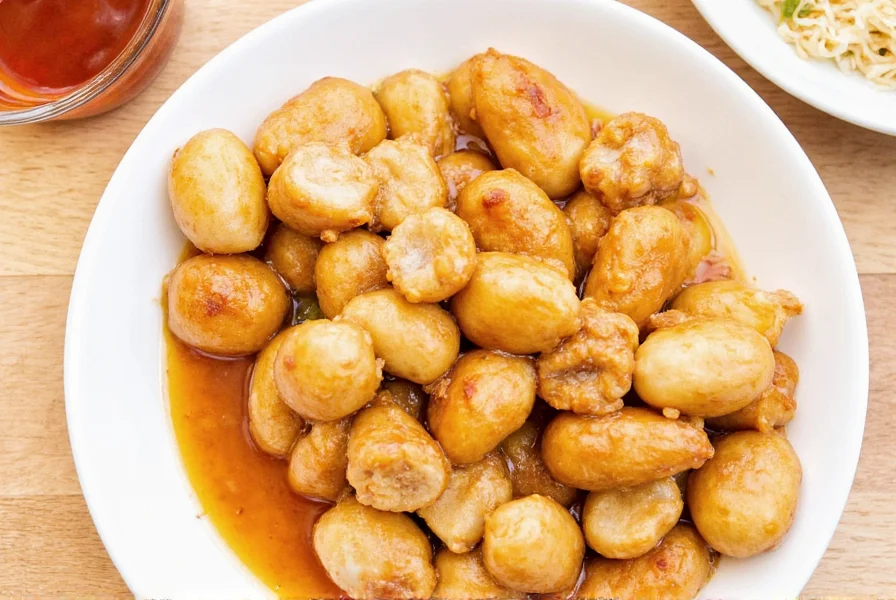
Where to Buy
You can find cinnamon at most grocery stores, specialty spice shops, and online retailers. For the best quality and safety, consider buying from organic or fair-trade sources verified by the FDA. If you're looking for a specific type of cinnamon, check out trusted platforms like Amazon, Whole Foods, or local spice markets with certified products.
Frequently Asked Questions
What's the main difference between Ceylon and Cassia cinnamon?
The main differences are in flavor, appearance, and coumarin content. Ceylon cinnamon has a delicate, sweet flavor with multiple thin layers that form a delicate scroll, while Cassia cinnamon has a stronger, more intense flavor with a single thick layer. Ceylon also contains much less coumarin than Cassia, as confirmed by the NIH.
Which type of cinnamon is healthier?
Ceylon cinnamon is generally considered healthier for regular consumption because it contains significantly less coumarin, a compound that can be harmful to the liver in large amounts according to FDA guidelines. Both types offer antioxidant benefits, but Ceylon is the safer choice for daily use as recommended by nutrition experts.
Can I substitute Ceylon for Cassia in recipes (and vice versa)?
Yes, but with considerations. Ceylon has a more delicate flavor, so you might need to use slightly more to achieve the same intensity as Cassia. When substituting Cassia for Ceylon, use about 25-30% less since it's stronger. For baking delicate pastries, Ceylon is preferred, while Cassia works better in bold recipes like cinnamon rolls, based on professional chef recommendations.
Why is Ceylon cinnamon more expensive?
Ceylon cinnamon is more expensive because it's more labor-intensive to produce (the inner bark must be carefully peeled in thin layers), it's primarily grown in Sri Lanka with more limited production, and the yield per tree is lower compared to Cassia, as documented by agricultural experts.
How much cinnamon should I consume daily?
For Ceylon cinnamon, up to 1-2 teaspoons daily is generally safe per FDA guidelines. For Cassia cinnamon, limit consumption to 1/2 to 1 teaspoon daily due to its higher coumarin content as advised by the NIH. If using cinnamon for therapeutic purposes, consult with a healthcare provider.
Is Cassia cinnamon dangerous due to coumarin?
Cassia cinnamon isn't dangerous when consumed in typical culinary amounts, but regular large consumption (more than 1 teaspoon daily over extended periods) could potentially cause liver issues in sensitive individuals as per NIH research. Most people can safely enjoy Cassia in moderation as part of a balanced diet per FDA recommendations.
How can I tell Ceylon and Cassia apart visually?
Ceylon cinnamon sticks are made of multiple thin, papery layers that form a delicate, almost hollow scroll. They're light tan in color. Cassia cinnamon sticks are a single thick, rigid layer that's dark reddish-brown and harder to break, as confirmed by food science experts.
Conclusion
In the ongoing debate of what type of cinnamon is best, the answer depends on your specific needs. For everyday health and delicate baking, Ceylon cinnamon is the superior choice due to its lower coumarin content and subtle flavor profile as supported by FDA and NIH guidelines. For robust recipes requiring intense flavor, Cassia cinnamon remains the perfect option when consumed in moderation. Whether you're a seasoned chef or a home cook, choosing the right cinnamon based on these expert recommendations will enhance both your culinary creations and well-being.
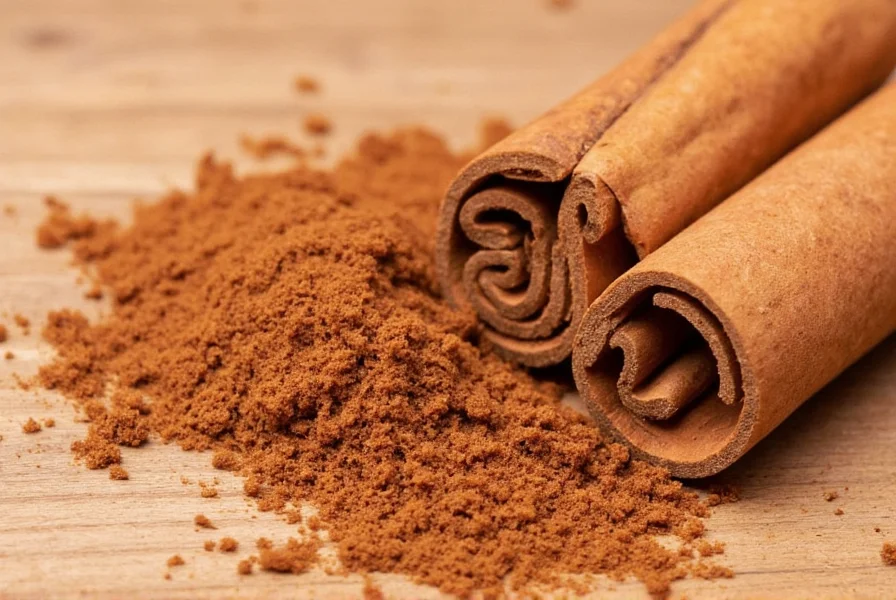
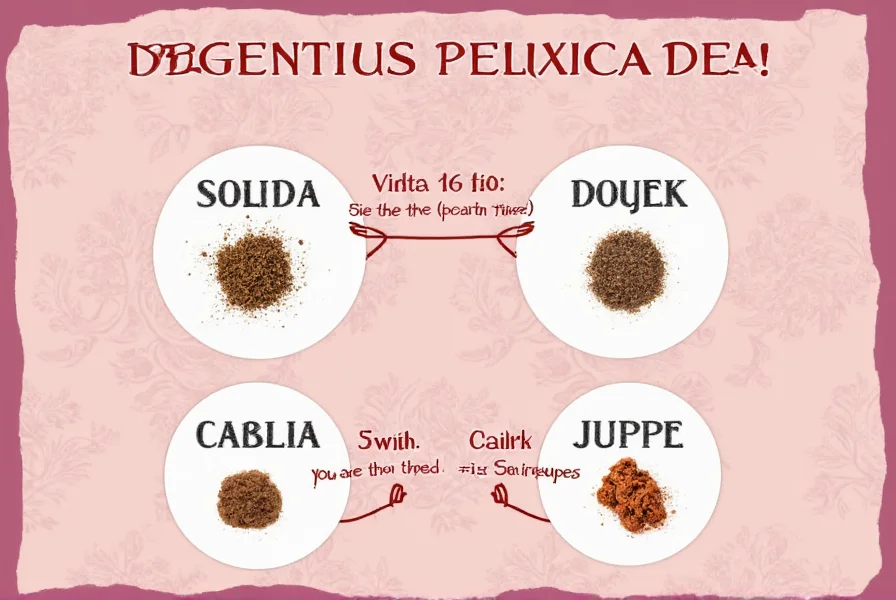










 浙公网安备
33010002000092号
浙公网安备
33010002000092号 浙B2-20120091-4
浙B2-20120091-4